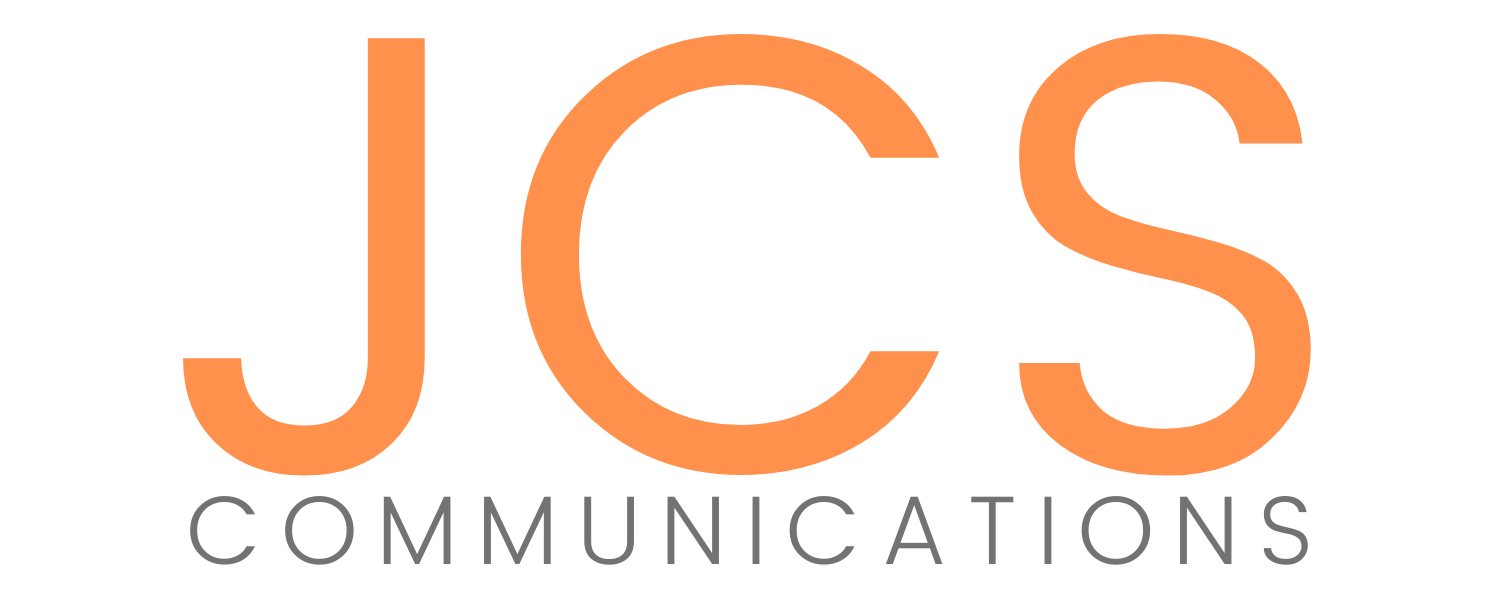Many of the executives and spokespersons I’ve media trained felt they didn’t need it at first. Some said, “I’ve done lots of interviews in the past. I’ve got lots of speaking experience. I’m a natural.”
In my experience, there is no amount of natural talent that can make up for a lack of training. There’s just too much about a media interview that is counterintuitive. Everyone who might interact with a reporter or make a public presentation on behalf of the organization needs training. Everyone. No exceptions.
Interview responses and public presentations have the potential to reach millions, especially when amplified by social media, and can make or break your reputation. Warren Buffet is often quoted as saying, “Lose money for our firm and I’ll be understanding. Lose one shred of reputation, and I’ll be ruthless.” You can almost always recoup financial losses, but it may take a long time to revive your reputation once damaged by a careless remark.
Media training for a spokesperson is like rehearsal for a stage actor. Can you imagine an actor performing on opening night without rehearsing? Even if they memorize their lines, how could they deliver a convincing performance without rehearsing? It’s similarly impossible for a spokesperson to perform well in a media interview without the advantage of preparing with media training beforehand.
But just like anything else, there are more and less effective ways to conduct media training sessions. Based on my experience, here are five key elements that should be included in a rigorous media training session:
- Learn the unwritten rules – spokespersons need to understand the unwritten rules of media relations. Foremost, reporters aren’t friends. It’s the spokesperson’s job to stay on message and deliver quotable material. The reporter’s job is to take a spokesperson’s content and use it in a way that makes the story informative and exciting. If spokespersons misspeak in a way that reflects poorly on the organization, then don’t expect the reporter to clean it up.
- Master best practice interview techniques – Handling tough questions while delivering key organizational messages eloquently is an art form. Mastering interview techniques like bridging and flagging to set up a smooth transition to your story must be a part of every media training.
- Review critical DOs and DON’Ts – there are a handful of important tips that spokespersons should frequently review such as: don’t repeat negative language, be sympathetic, stay positive, focus on solutions rather than problems, smile, etc. These tips may change between print and broadcast interviews as well.
- Set aside time for simulated interviews – the only way to get better at using effective interview techniques is by practicing them in realistic situations. A good media trainer should tailor each simulation to closely mimic the type of reporter, interview style and questions the spokesperson expects. Media trainers should reserve at least half of the session for interview simulations.
- Use video playback – spokespersons can dramatically improve through the review and critique of video recordings of their simulated interviews. It can be painful to see yourself on camera, but it’s hard to recognize the errors we make simply by someone else telling us. Seeing it on camera helps spokespersons become more objective about their performance and eager to improve.
In the end, the best spokespersons know their story. They have taken the time to prepare via media training and many hours of practice. Legendary University of Alabama football coach Paul “Bear” Bryant, said, “It’s not the will to win, but the will to prepare that makes the difference.” His six national championships and 323 career wins make a compelling argument for football coaches and spokespersons alike to adopt the tried and true philosophy of preparation.
# # #


Love how you outline the rules in a simple way that even a Finance professional finds them easy to understand and follow.
LikeLiked by 1 person
Thanks, Maurice! My goal is always to make media relations easier to understand!
LikeLike
Excellent list. Preparation is crucial when facing a reporter, particularly if we can have a game plan in advance. I would add that a good media training helps spokespersons address any stakeholder audience, even if they don’t involve media. It’s really about being able to state your case in a credible, coherent and convincing manner. Media training is a great investment.
LikeLiked by 1 person
Totally agree, Santiago. It’s really about being able to tell your story well — to the media, a trade audience, investors, employees, etc. Training can help you knock it out of the park with any of these important stakeholder groups.
LikeLike